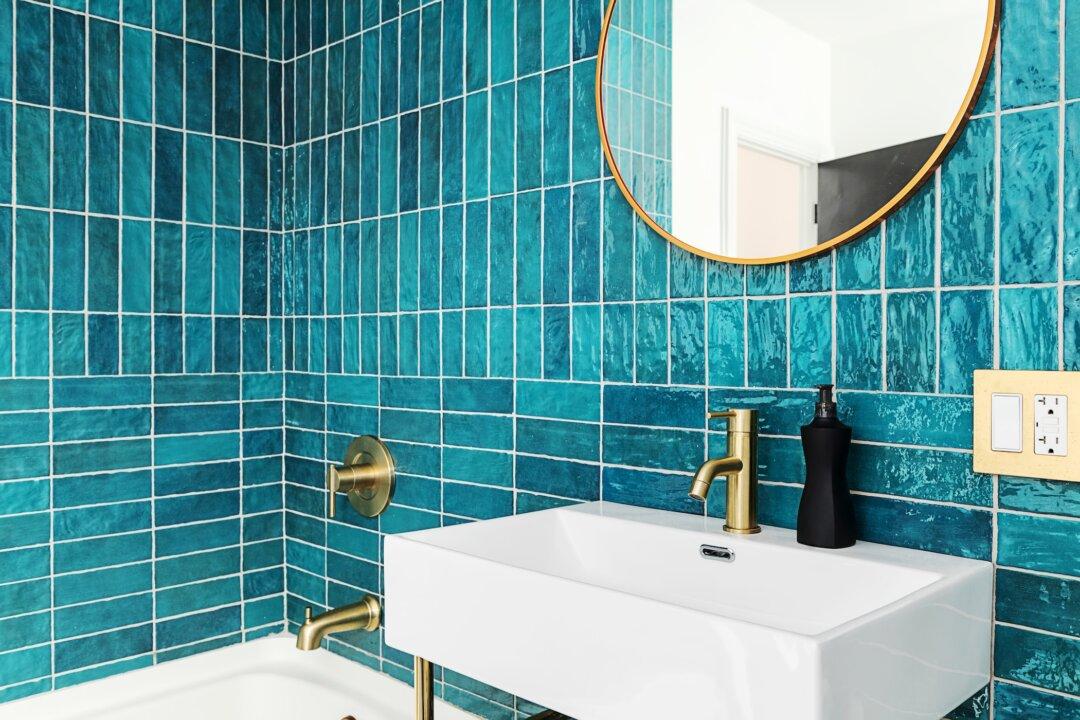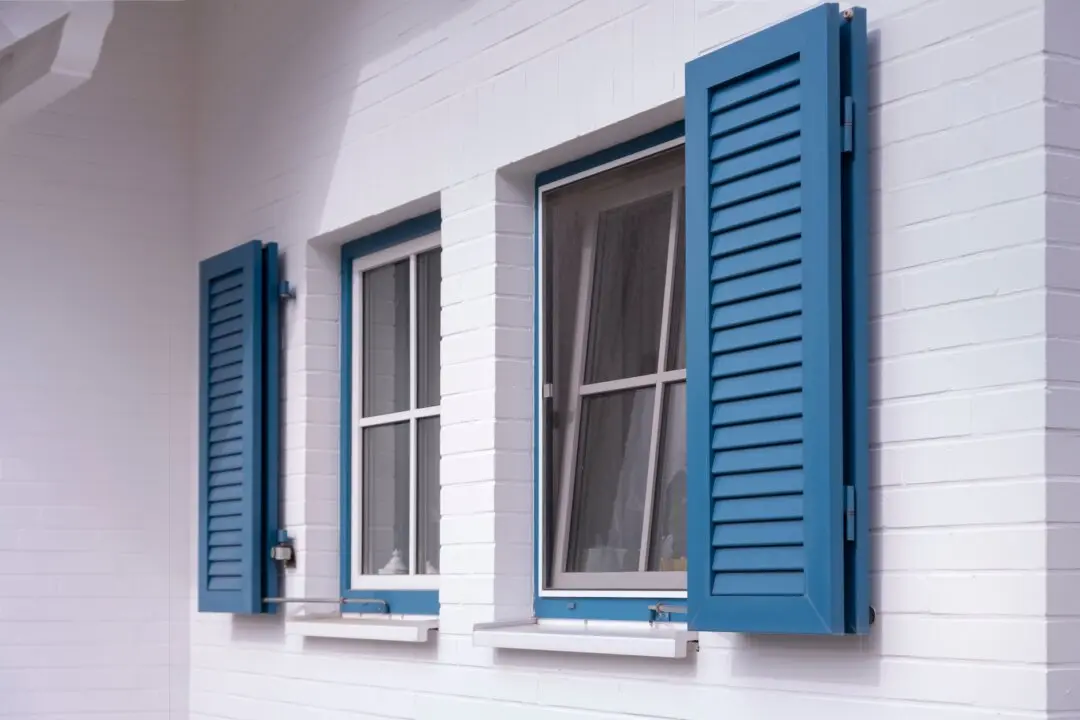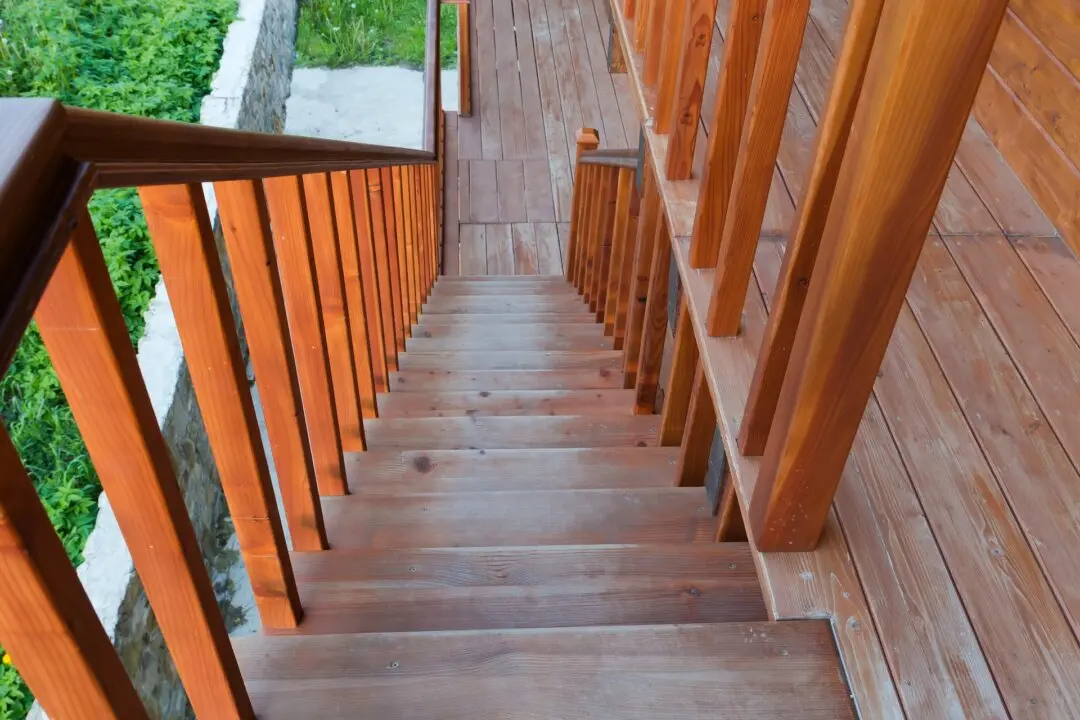Dear James: My bathroom needs an upgrade, so I plan to add ceramic tile to the walls. This is my first attempt, so what are some planning and application tips? —Denise M.
Dear Denise: Having an attractive bathroom is more important than many people realize. If you have a large family, the bathroom is often the only room where you can get peace and quiet. A newly tiled bathroom can be a pleasant spot to spend some quiet time.





